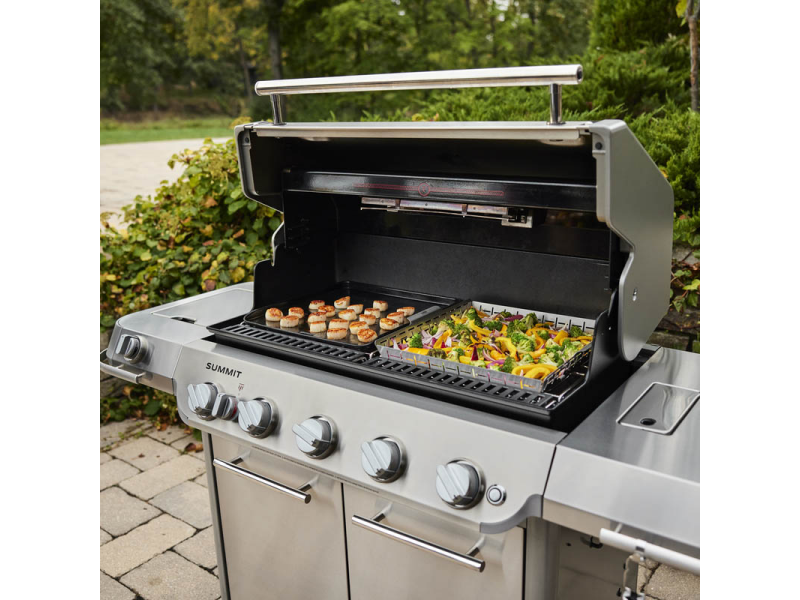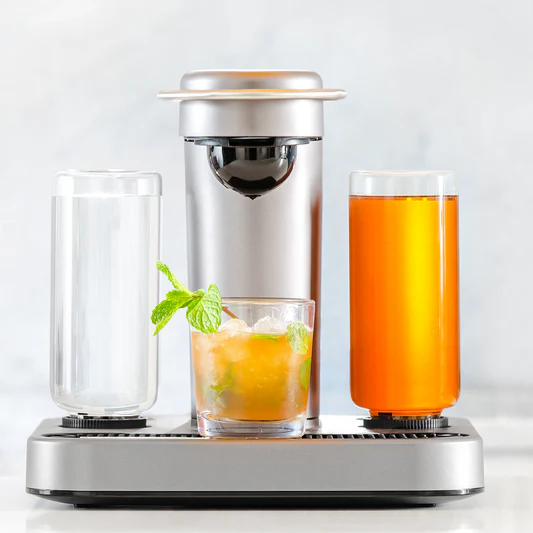Expert Advice on Maintaining Your Washing Machine
Maintaining your washing machine is essential for ensuring it enjoys a long and productive life. While it’s common knowledge not to wash flammable substances or oils, there are lesser-known tips that can make a big difference. For instance, did you know that dishwashing soap, although excellent at stain removal, needs to be rinsed out by hand and isn’t a substitute for laundry detergent? These nuances often get overlooked, but understanding them can significantly impact the lifespan of your washing machine. Let's explore how your habits can directly affect the health and longevity of this indispensable household appliance.
Load Sizes Directly Impact Machine Health
At its most basic, a washing machine is a motor that turns a drum filled with water to agitate your clothes and then rinse them. That motor can die more quickly if it is used to the maximum consistently. Being able to identify the different sizes of loads appropriately and vary them is far better than constantly pushing for the maximum load size.
Small - this is approximately 1/4 of the size of your washers drum. Typically this is going to be a few small items like t-shirts or a week’s worth of socks and underwear. Or you might do one large item like a jacket or a blanket.
Medium - this should be, half the drum. This would fit maybe a week's worth of summer clothing for one person.
Large - this is 3/4 of the drum and is capable of fitting multiple bedding sets or a fair bit of clothing.
Extra Large - if you're washing machine is completely full then you are running an extra large load.
However large you choose to have a load, ensure that it is properly balanced, as that is also going to play a significant role. If the load is not properly balanced, the machine is undergoing more wear and tear as different parts of the drum or pushed down or up. Additionally, an imbalanced load can result and often does result in the machine vibrating, shaking or even walking.
How To Clean Your Washing Machine
Like many tasks, cleaning your washing machine is best done in smaller stages. Rather than cleaning everything once a month you can take 5 minutes here or there and knock out one part of it. This is the exterior, the drum, the detergent drawer, and any of the filters that your machine might have.
When it comes to the interior, making it a regular practice will affect not only the life of your washing machine but also the life of your clothes. Having dirt and detergent buildup in the drum will lead to poor washing results and even the machine malfunctioning. Worse is when water remains in the drum after running a load. If that's allowed, you can end up with mold, and at that point, you need to call in a professional.
Regularly Maintaining The Outside Of Your Washer Is Just As Important
You might notice that we didn't explain much about cleaning the exterior of your washing machine. That's because cleaning the exterior is a simple task. On the other hand, carefully going over the exterior to check for issues is its own kettle of fish. You need to check the hoses, connections, and the power line. The hoses need to be gone over to make sure there aren't any cracks or swelling, or kinks. If they start showing signs of wear or damage then you need to replace them before they lead to leaks. The connections also have to be carefully checked for any cracks or leaks. It only takes a minute or two to go over these but you can prevent major problems by doing it.
Anticipating And Replacing Failing Parts When Possible And Calling A Professional When Not
Many of the issues that you can run into with your washing machine can actually be anticipated or discovered long before they become a full problem by paying attention. By doing regular checks, you will notice when things aren't working the way that they're supposed to.
Unusual noises—If your washing machine starts grinding or banging not just once when you have something heavy in the load but all the time, regardless of what you have, it can be a sign of a worn-out belt, damaged bearings, or a problem with the drum.
Water leaks - A water leak means you must look closely at the hoses, the connections, and the gaskets. Any of these could be misaligned
Or deteriorating.
Excessive vibration—A washing machine is going to vibrate, due to its nature. Excessive vibration, though, such that the machine is walking or vibrating the whole room, is concerning. This means either that you have a worn-out suspension or that the load is imbalanced.
Unresponsive control panel - If your control panel is unresponsive or is flashing or is showing error codes all of these are signs that there is an issue with the electronics of the washer.
Incomplete cycles—Incomplete cycles can occur due to a loss of power from a black or brownout, but they can also be a sign that there is a short within the machine. Once you've ruled out loss of power, it's time to consider that there is an issue with different components of the washer.
Subpar cleaning - The entire point of the washing machine is to wash your clothing properly. So if it's not doing this, we question why. The easiest answer, and one none of us likes, is that it's user error. Did you treat the clothes or stains before running the load? Did you choose the right detergent and wash settings? If the answer to both of those is yes, then we will look at the machine. Human error has been ruled out, it could be an issue with the water levels within the machine or the drum.
Now, you can see how regular maintenance is important for the health and longevity of your washing machine. The great news is that you can treat some of these problems yourself. Replacing a hose or a connection, re-leveling your washer, or rebalancing a load are all things you can do with a little bit of googling. Then, it's just a quick trip to the hardware store and a few minutes of your time to get the job done and taken care of.
But when it comes to things like replacing electronics or fixing issues with the bearings or the drum, that's when a professional is necessary. You might also consider calling a professional if you've tried fixing an issue multiple times, but it hasn't solved it. Or if you're having major or consistent leaks. You don't want to guess and test in those situations because it can cause damage to the rest of your home. These are all times when it's important to get a professional in so that you can get your home running smoothly again. That right there is the key motto for Appliance Rescue Service: getting your home functioning and running smoothly again. Whether it's a major problem like your control panel not working or you want to get ahead and schedule regular maintenance, not just for your washer but for all of your major appliances, we are here for you. If you live between Frisco and Dallas or Allen and McKinney, we want to work with you to help get your home back on track.
You can contact us via our website or by giving us a call at ((214) 599-0055). We will work with you to set up a date and time that works with your schedule and find the best time to send our expert technicians.





















